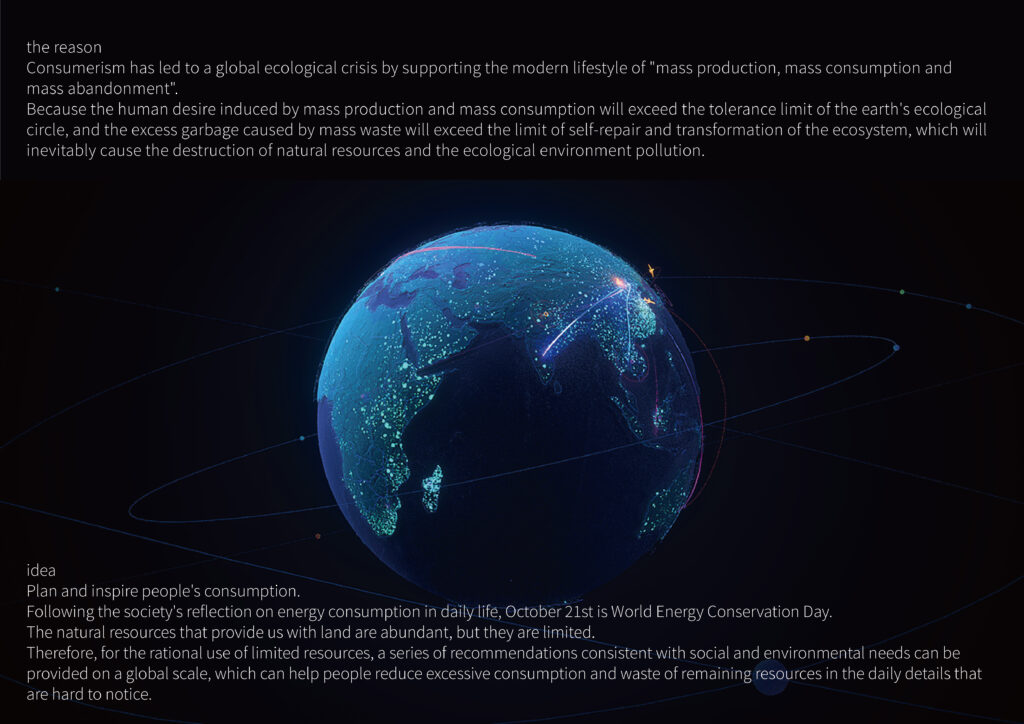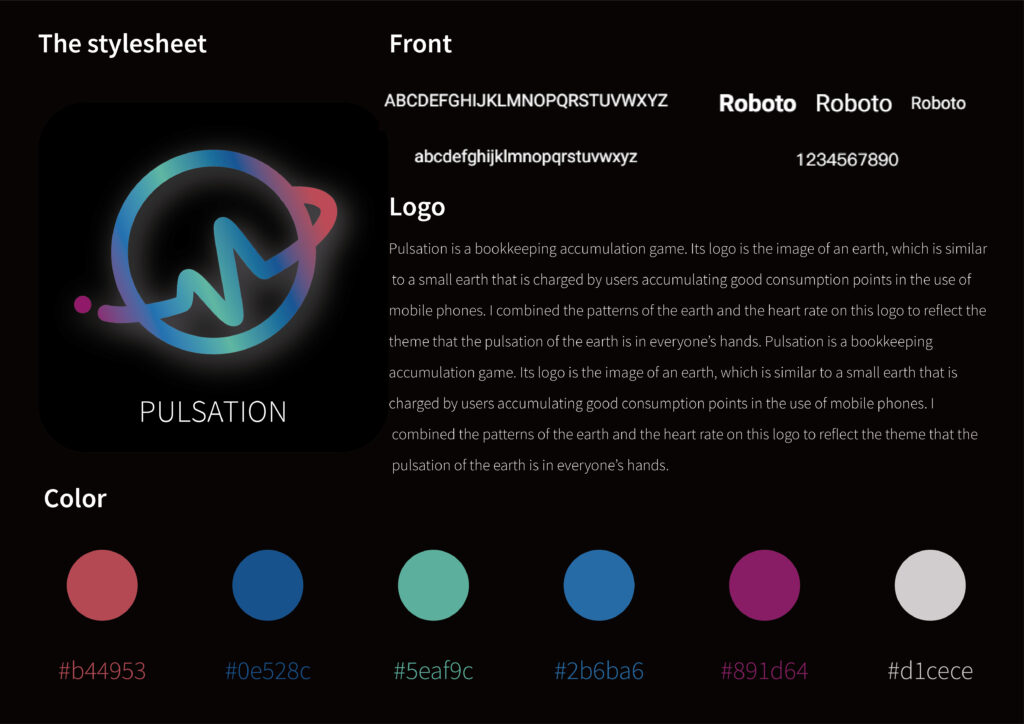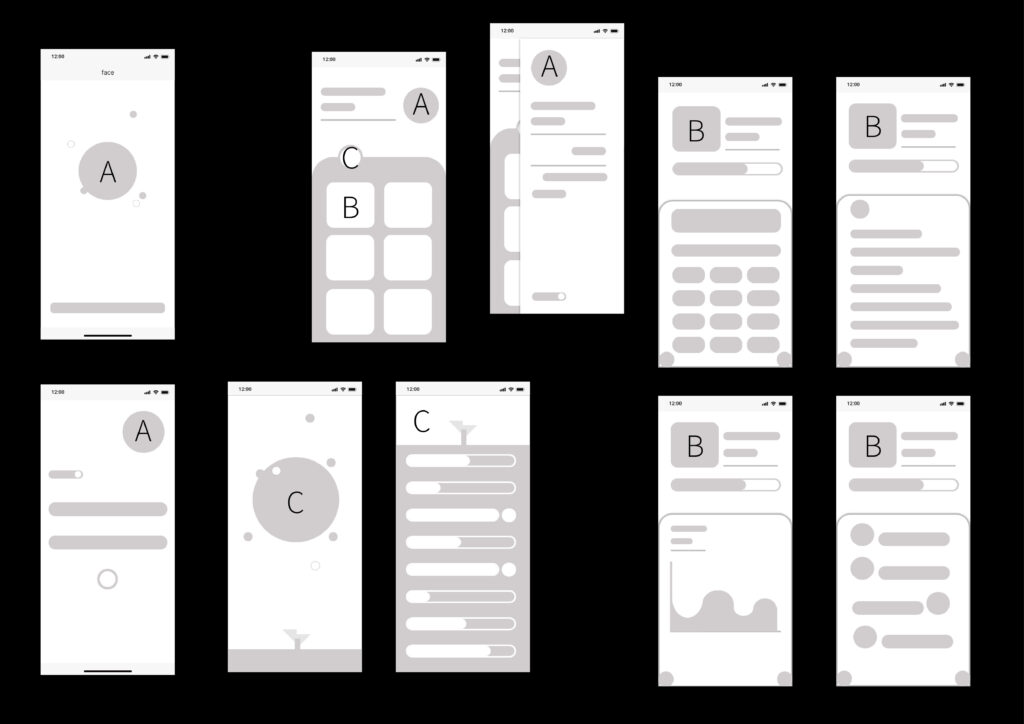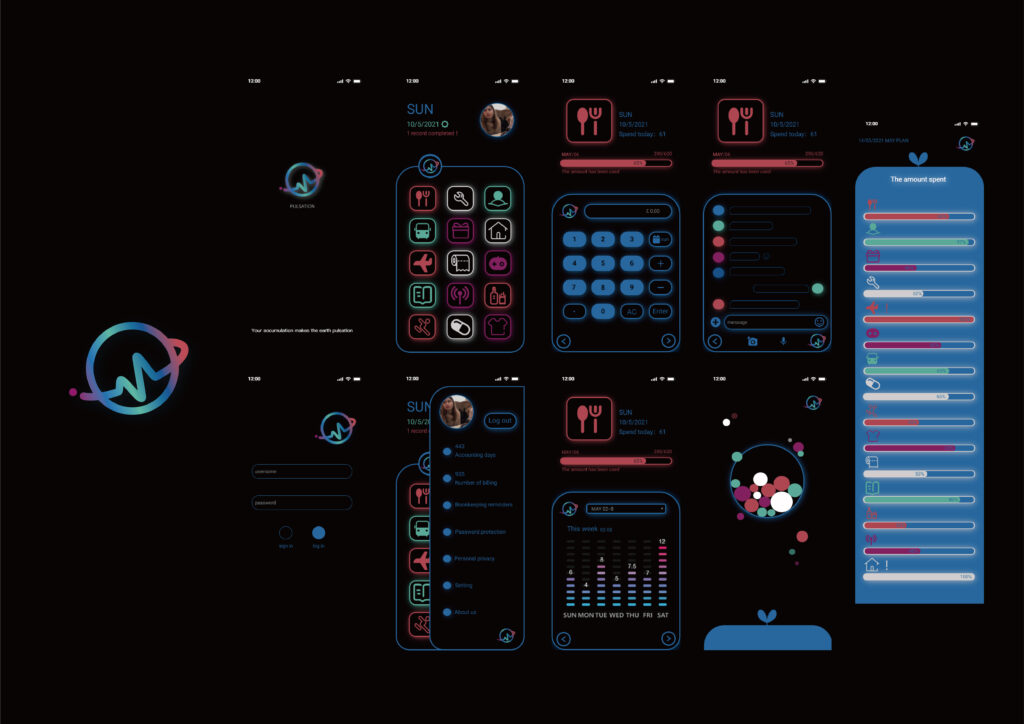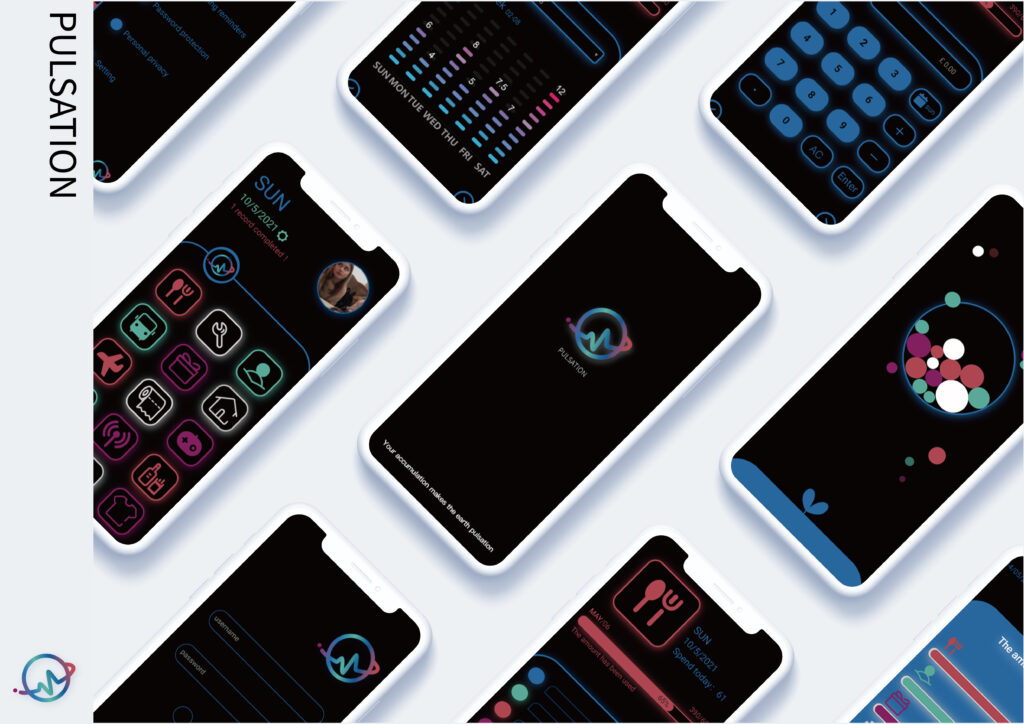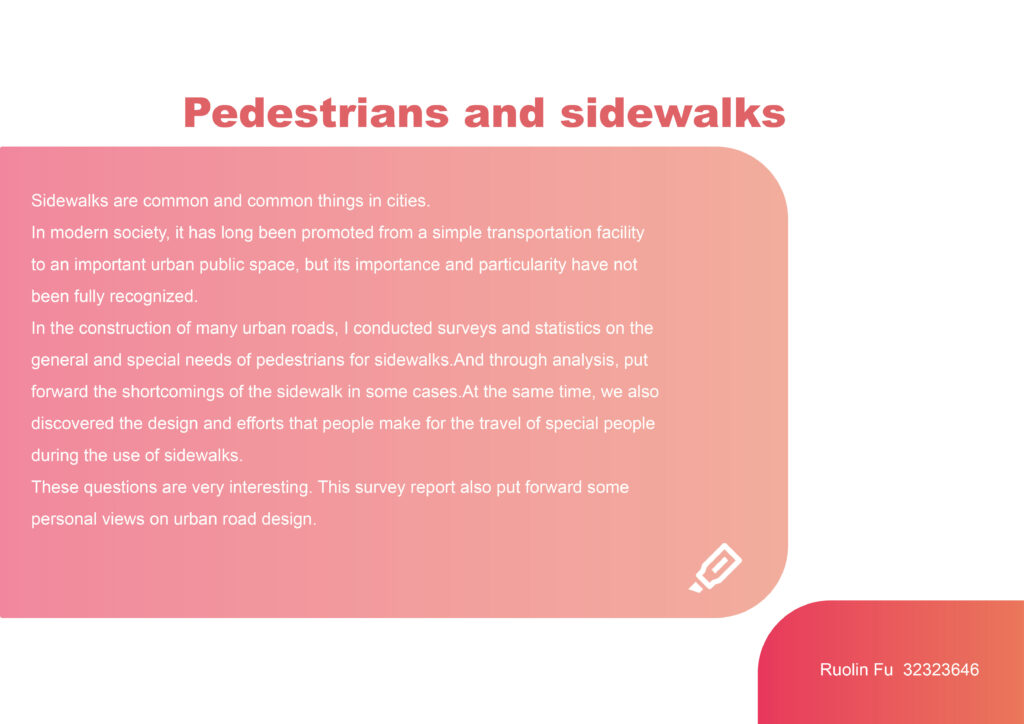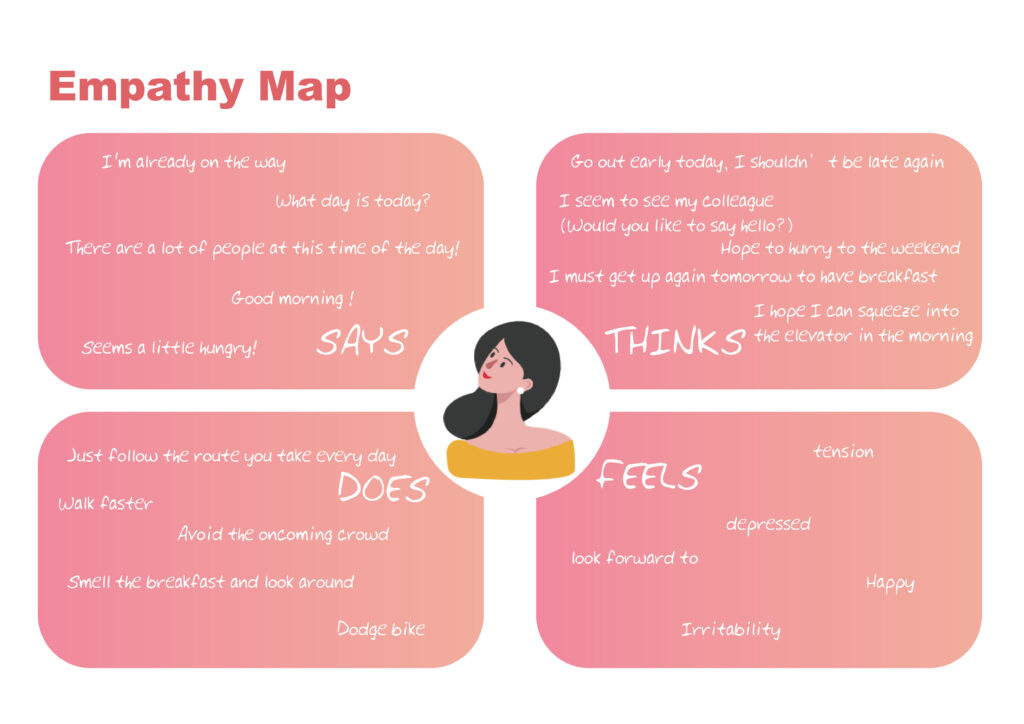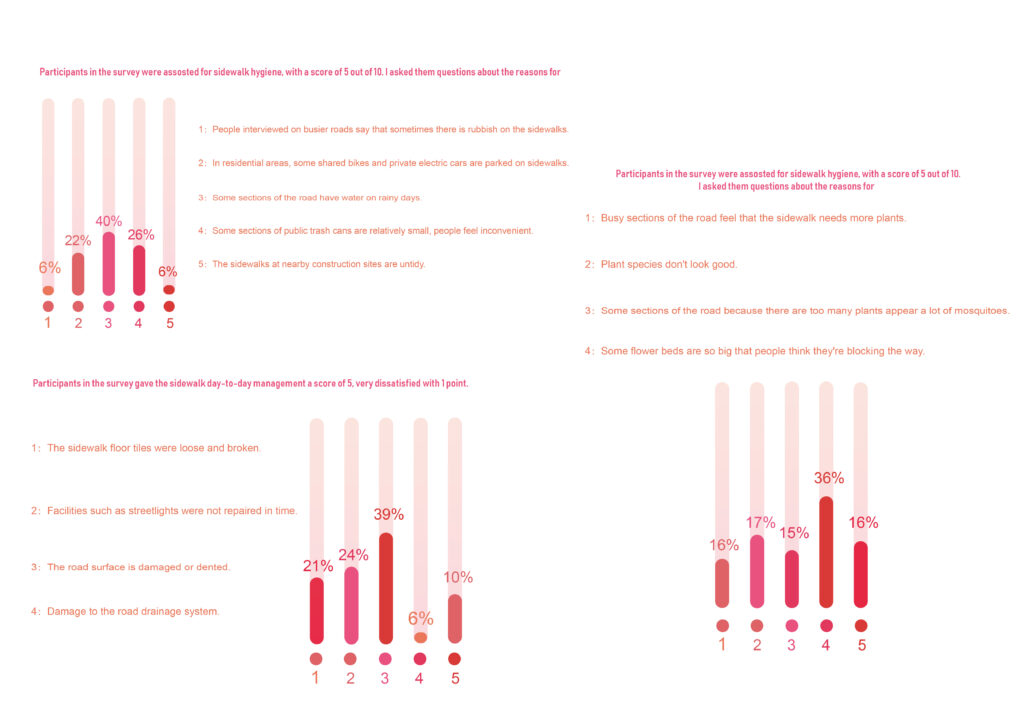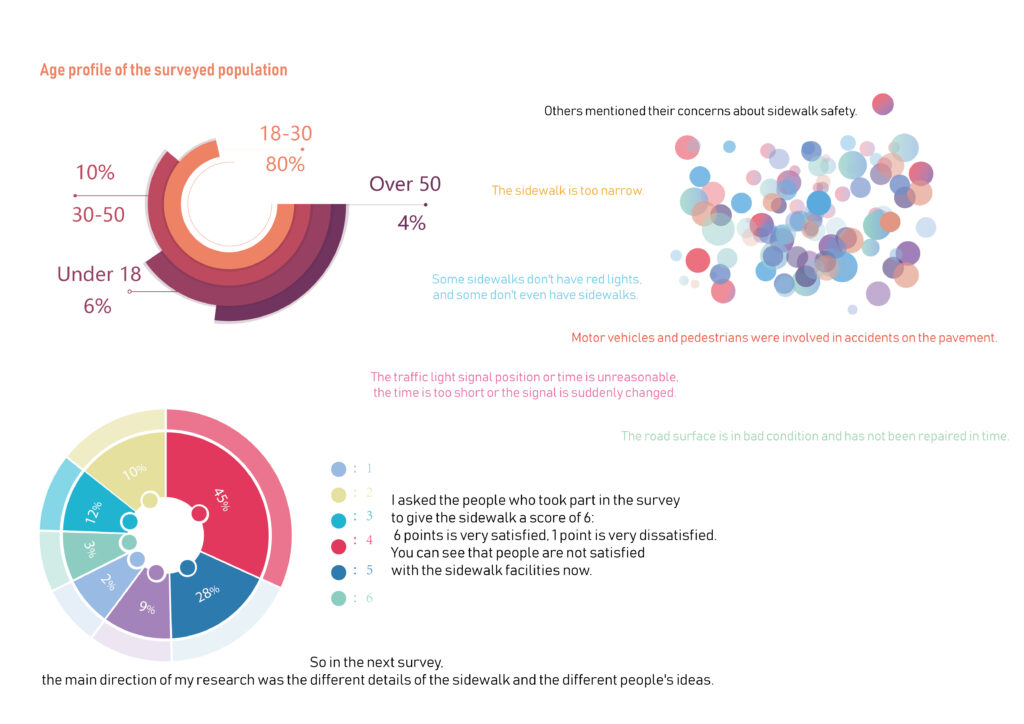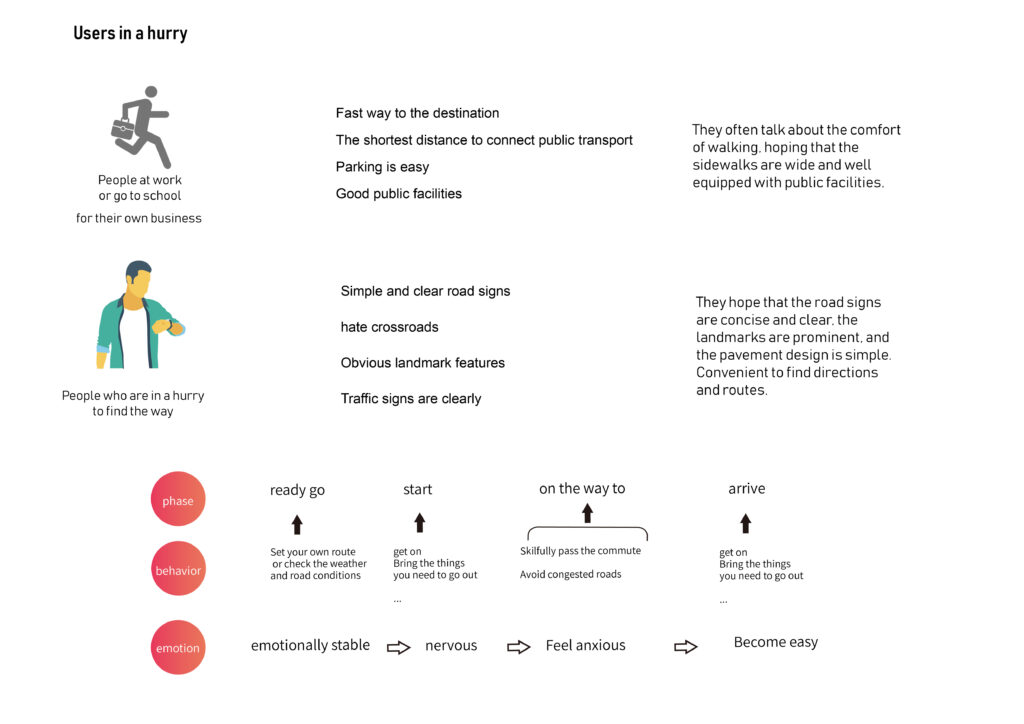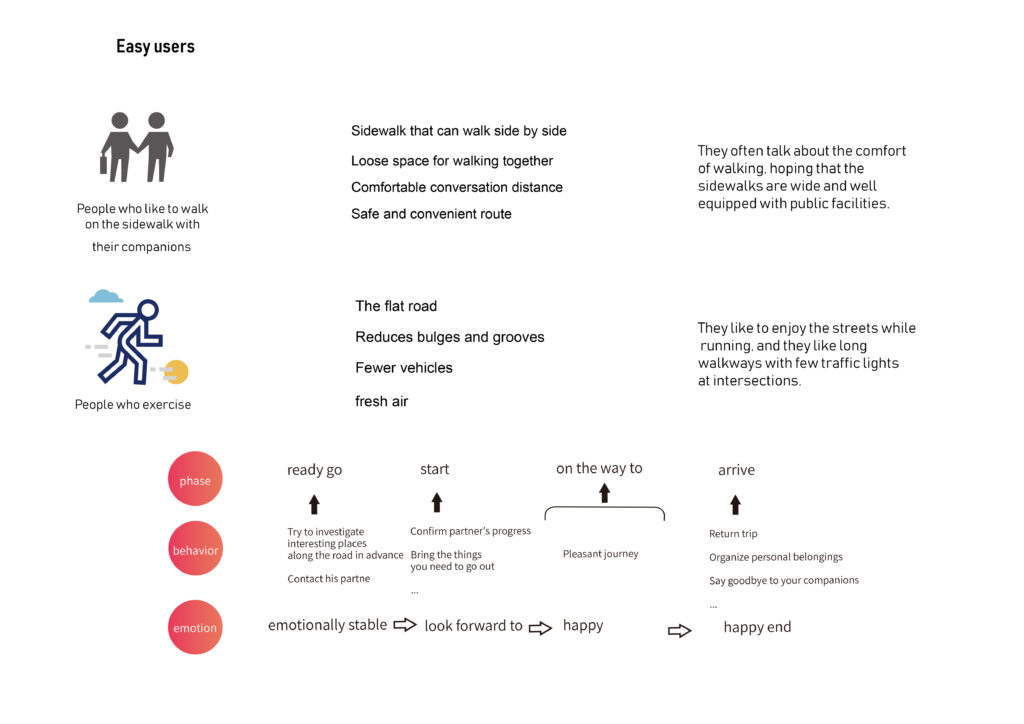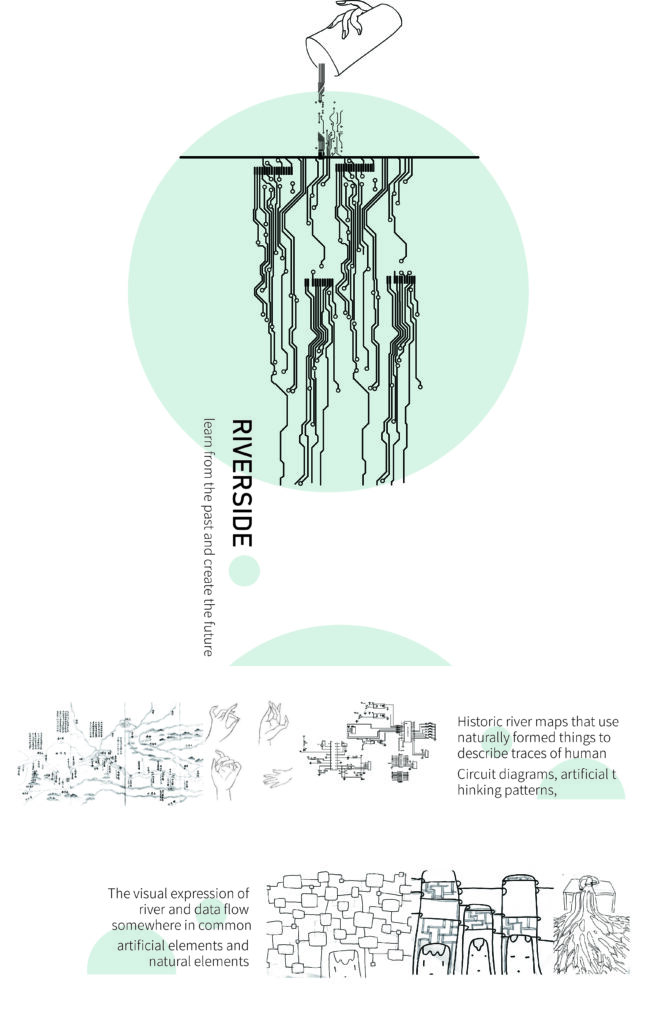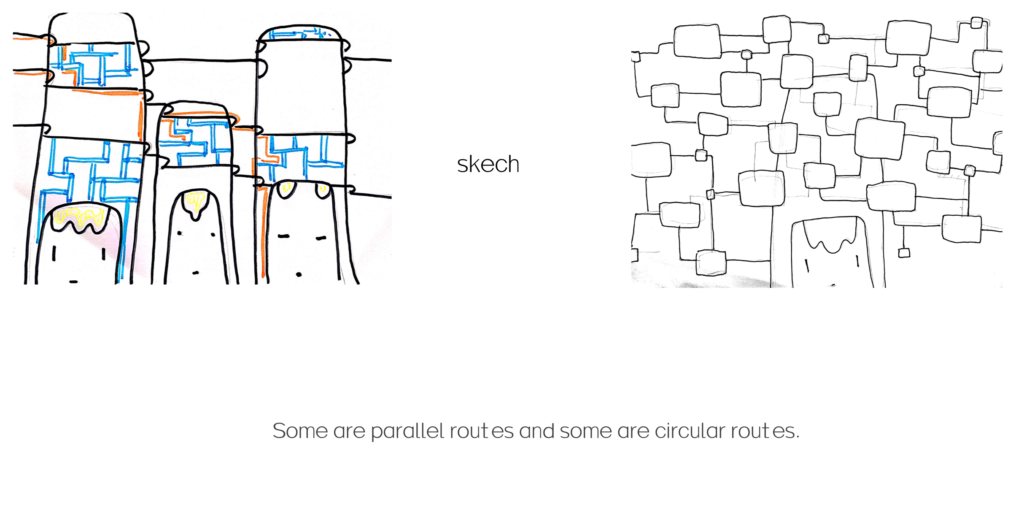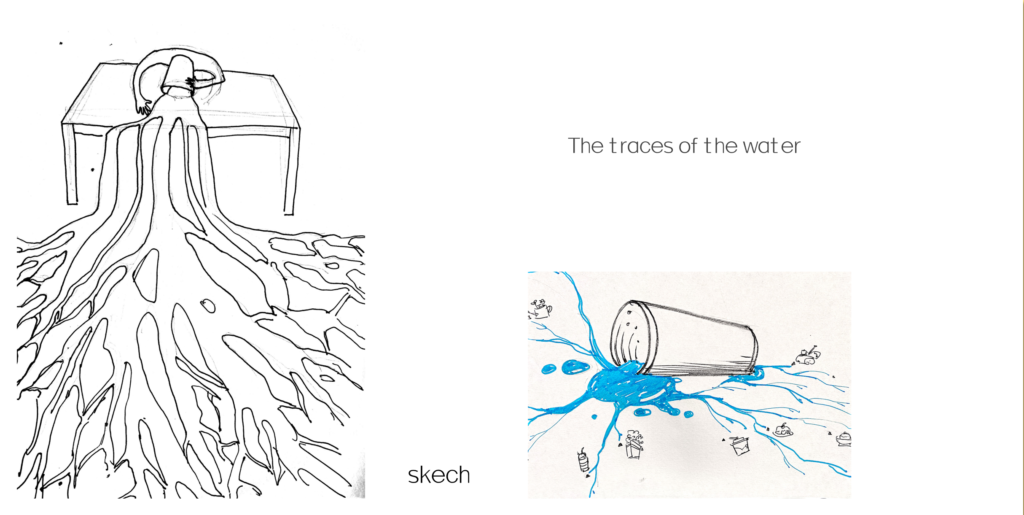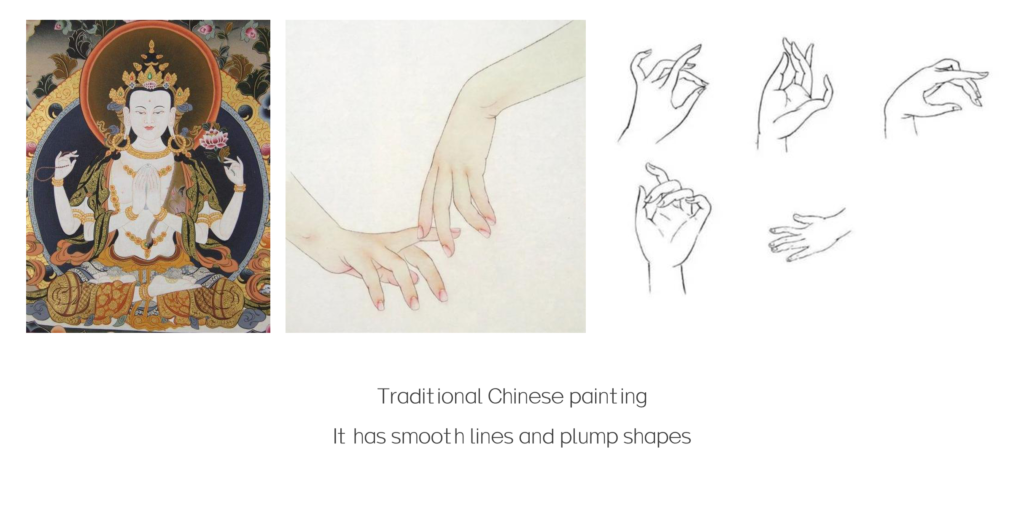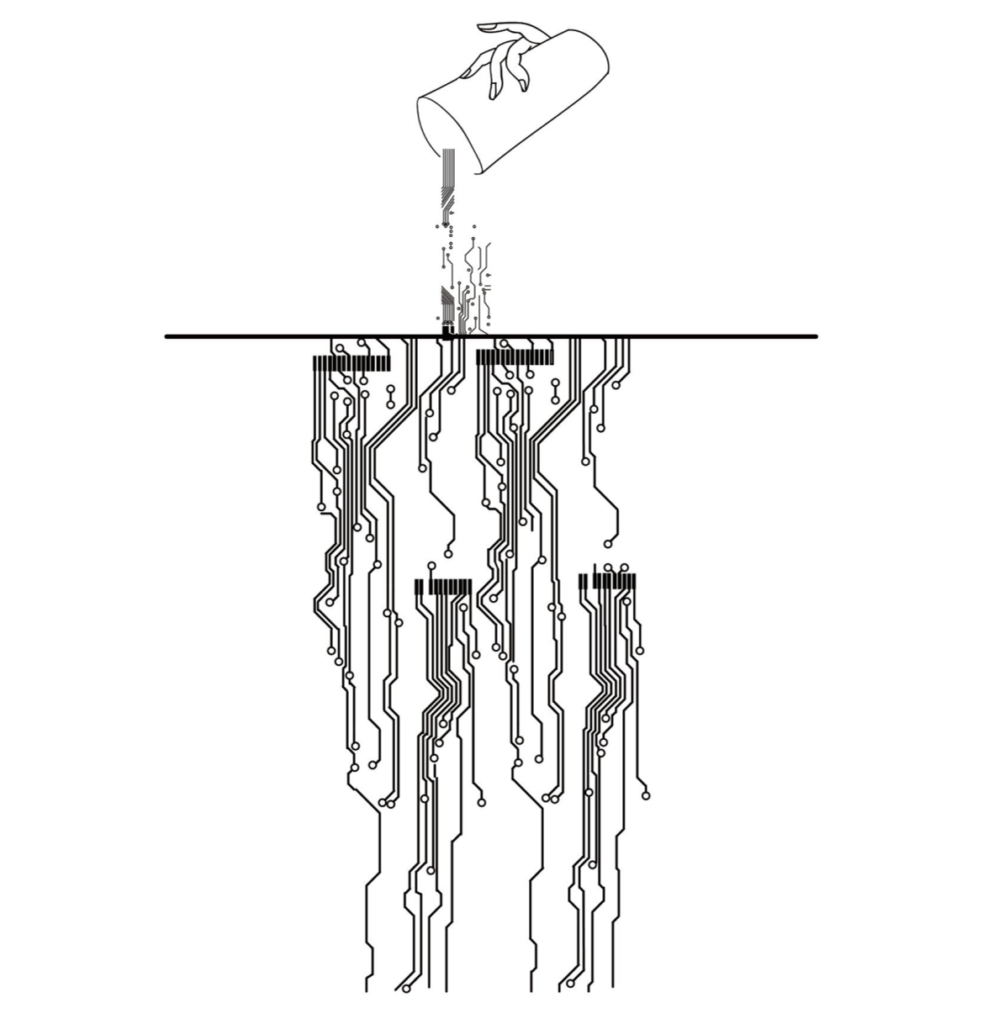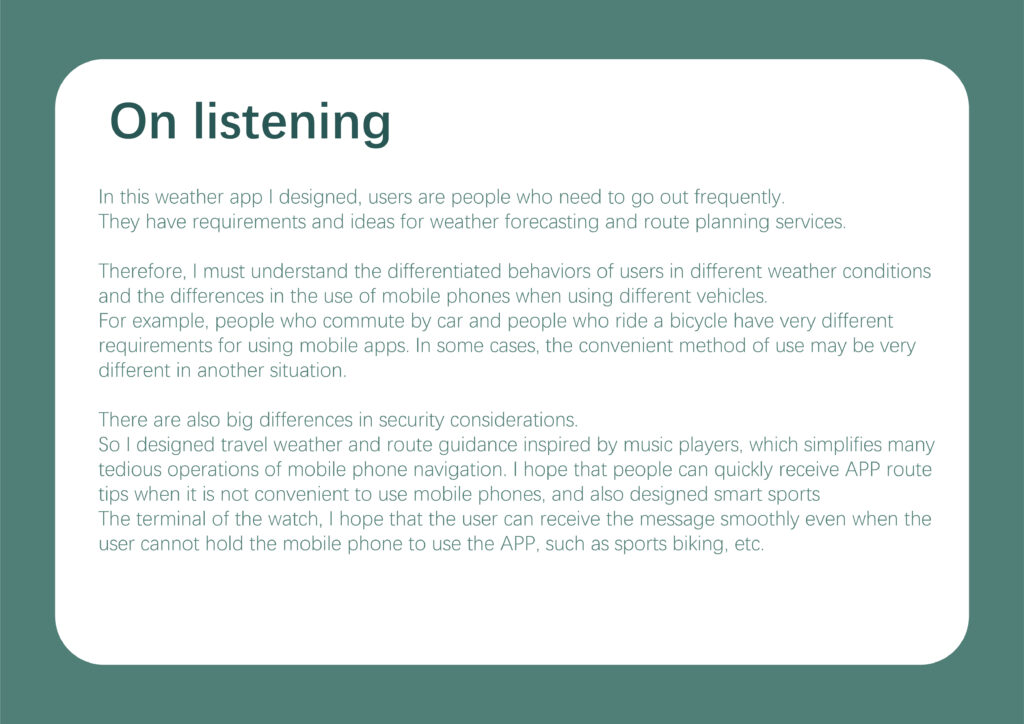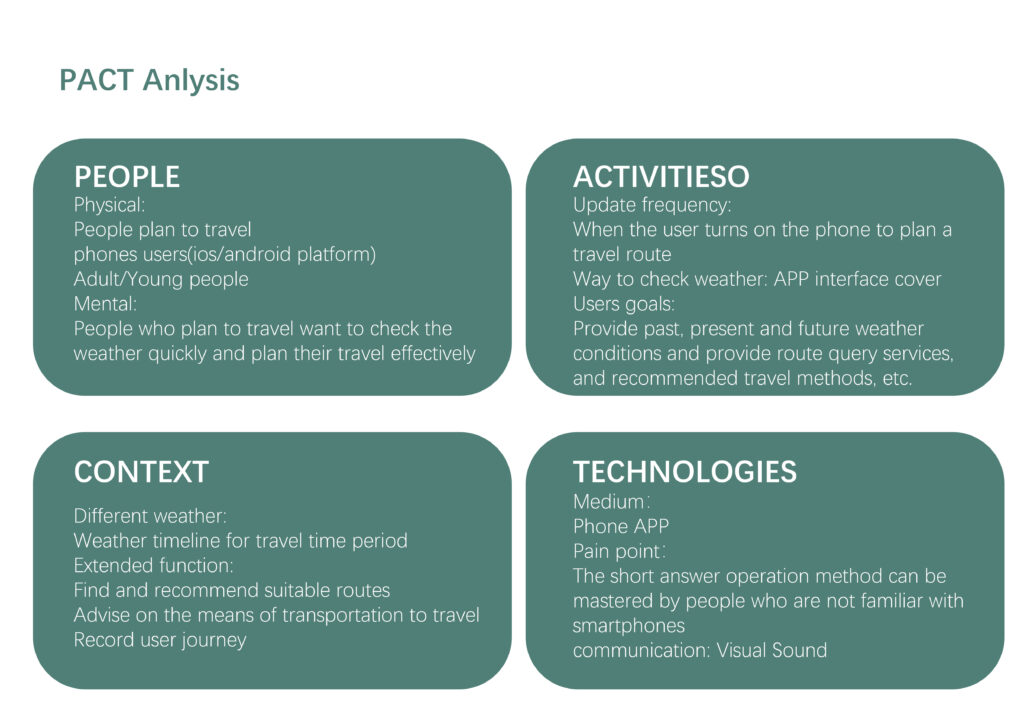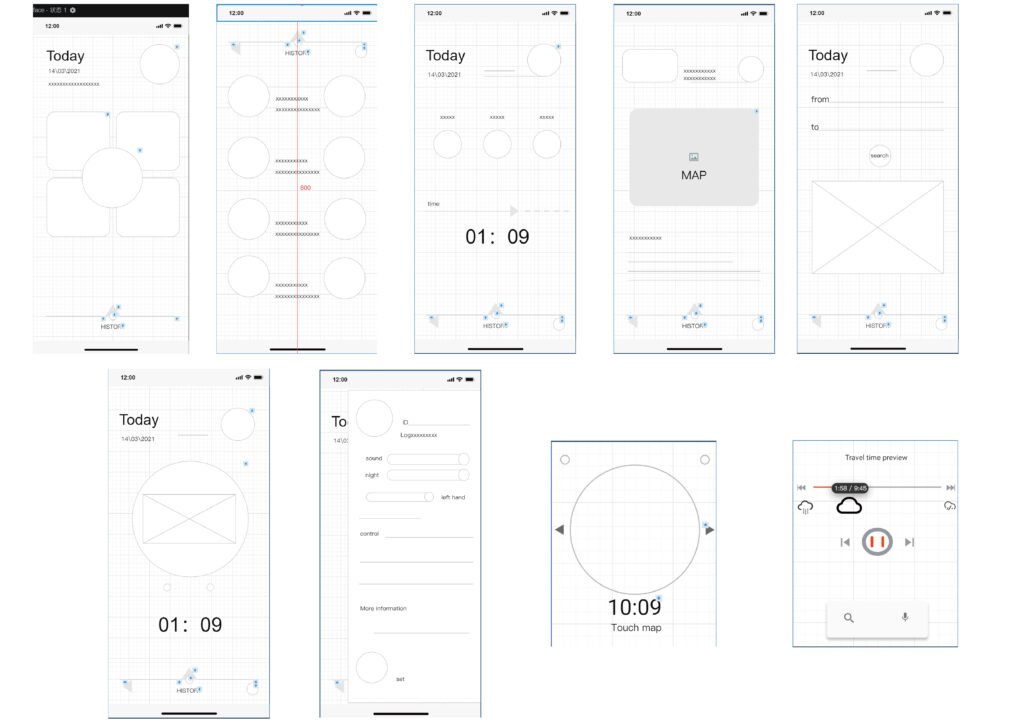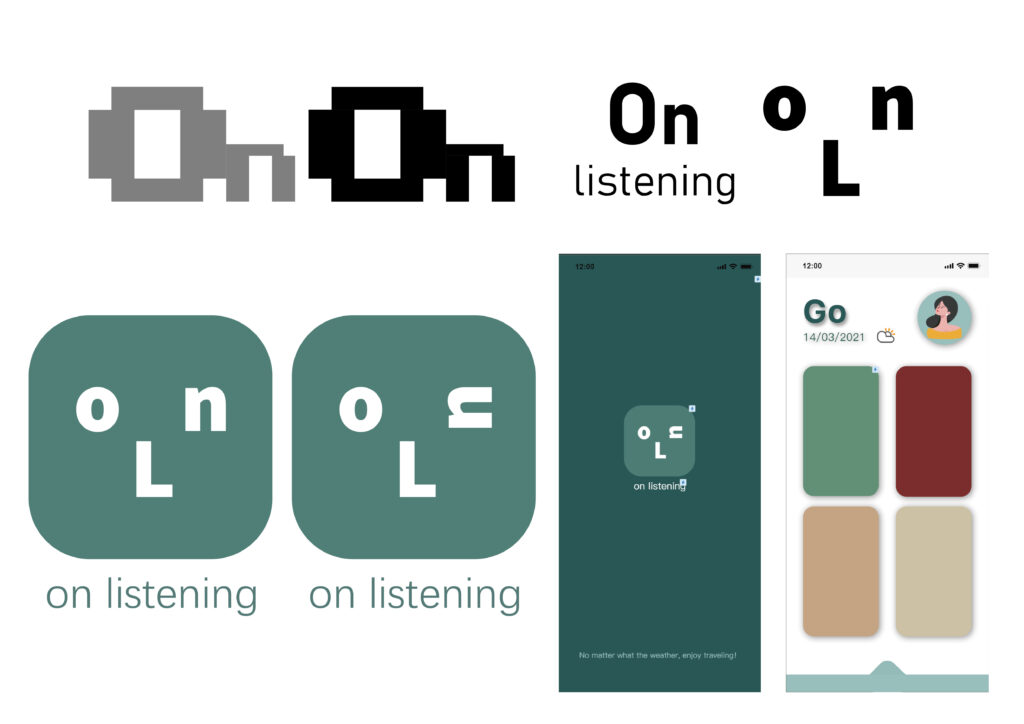urban Aechaeologies Article
This article examines the strategy of people’s self-reflection, which refers to contemporary media artists using the specific abilities of photography, film, and interactive video to investigate the role of memory and personal agency in urban experience. In this article, each artist uses specific, real historical documents that have been discovered, using the city as the starting point of their works, expressing them with different aesthetics and techniques. Julian, Buckingham, and Rich all performed a kind of urban archeology, using archival materials related to different cities to predict the subjective experience of the characters and audiences in their works.
Julian not only described Baltimore’s past work, but also made new developments and alternative future social and cultural life visible in the city. The film’s selective excavation and remixing from the city and African Americans presents Baltimore’s high-tech, street-oriented, and revisionist history and experience. Matthew Buckingham’s installation traffic report (2005) uses a simulated city and its imagery. In his interactive work titled The Iron City (2006–2007), its narrative combines the histories of two real cities with the histories imagined by people, instead of selectively showing the history of any one city.
In the works and stories of the three artists described in this article, I can clearly see their interactive experience and immersive thinking about the viewer in their performance of the city’s history. In my previous design projects, I will also actively design the interaction between the work and the audience and the audience’s experience, but profound thinking and diversified considerations and creativity are what I lack. I think on the basis of the previous, I should try new thinking directions and user feelings, maybe I can learn more interesting thing.
